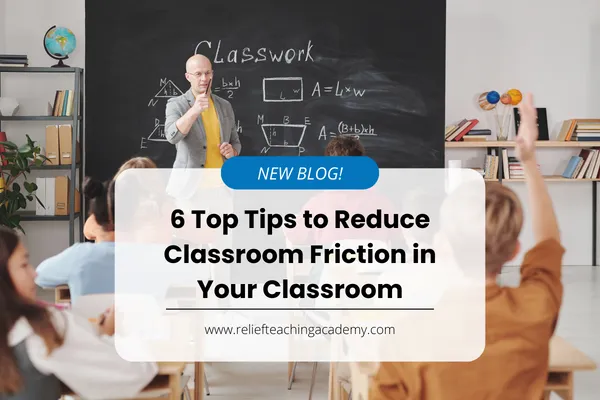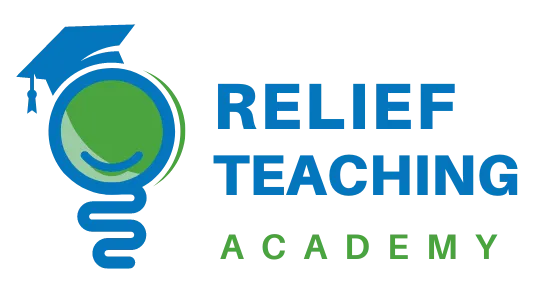Latest Academy Articles
Select article category or search for specific article:

6 Top Tips to Reduce Classroom Friction
Students won't give you an inch if you are the cause of
the classroom friction.
In the bad old days, there was a saying that teachers should not smile until
Easter. The belief is that roaring and howling gains respect.
But there is also a saying that I hold true. "You catch more flies with honey than vinegar."
In the classroom, pleasantness generates more pleasantness.
Smiling Reduces Classroom Friction
It is amazing how contagious smiling can be in the classroom. A smile is a great de-stressors for the teacher and students.
If you enter the sky as a thunderstorm, you will most certainly hit a cold front.
Building classroom rapport is a significant identifier of the classroom success.
Building rapport is the responsibility of the person in front - the teacher. A productive rapport de-stresses your classroom for you and your students. A stress-free, or at the very least, a stress-less classroom provides an excellent platform for learning opportunities.
Much of today's classroom stress comes from forces outside.
Curriculum,
Performance,
Reporting,
The boss.
These external factors combine together to form a seemingly immovable object.
Well let them sit there! If you can't change these influences, live with them and move on.
Smile!
Have you notice how your demeanour changes towards a pleasant student?
Well... put this situation in reverse.
Unpleasantness on the part of the teacher always creates significant classroom friction which is unlikely to be conducive to any learning environment.
Snarling dogs will continue to snarl at each other as long as both continue to growl. As soon as one stops - both stop.
Classroom friction is a two-way street!
Accept you have outside pressures acting on your classroom. Most are politically motivated and contain little relevance to your classroom. So leave these distractions sit until you are ready to respond.
Here are a couple of quickies to help you reduce classroom friction.
1. Reign back excitement levels.
Excitability is an exponential force which seems to generate power.
This can be a great motivator when you need a high energy level. It can also be a distractor if overused.
Excitable students focus on behaviour not learning.
Avoid losing control of excitability factors like shouting, quick talking and nagging.
It is often difficult to calm down some kids who feed off your excitement level.
A calculated approach may reduce inherent classroom friction brought about by excitement level.
Some teachers arrive at work like they have sucked a case of lemons.
If you can relate to this scenario, you are in the wrong job.
Don't get me wrong. If I had a choice, I would rather be fishing than working.
But unless you are walking miles carrying dirty water to your family, you have every reason to be happy.
As far as working goes, teaching is a pretty darn good job.
2. To reduce classroom friction, your students need to find a place where they belong - all of them.
You will have the greatest impact if you care about their learning.
A community needs a purpose to create a sense of belonging. Students like to know that YOU value them.
3. Make learning your classroom common ground
Share important learning stories.
Have you noticed how successful relationships revolve around familiar stories?
Mates get together and relive success stories; especially old war stories about common foe. Just listen at the staff room.
In staff rooms, teachers do it all the time. Sometimes you only need to start the story, and the whole group can fall on the ground laughing.
4. Start collecting stories about events that happen in the classroom and relive them together with your students.
As a relief teacher, you can do it by sharing events from the morning during the middle or afternoon session.
Community laughing is the best way reduce classroom friction.
5. Words can hurt.
When emotions rule, better judgement can go out the window. Keep your language positive and bright.
Continual ranting and raving seldom return dividends.
Kids don't often remember what you say, but they will remember how your language made them feel.
Using positive language has an impact on the giver as well as the receiver.
Teacher stress is a significant issue but never get yourself into a spiral of negativity.
6. Change is inevitable so grin and bear it.
Teaching is challenging enough without allowing factors beyond your control to affect your mood.
These strategies will reduce your classroom friction. Notice what a difference being nice makes to learning.

CLICK HERE to find out more about joining the Relief Teaching Academy
Subscribe to get up to date tips, strategies, resources and guidance on all things relief teaching.
Relief Teaching Academy is a service of EPC Capital Pty Ltd.
© Copyright 2023. EPC Capital Pty Ltd. All rights reserved.
Send us a message
